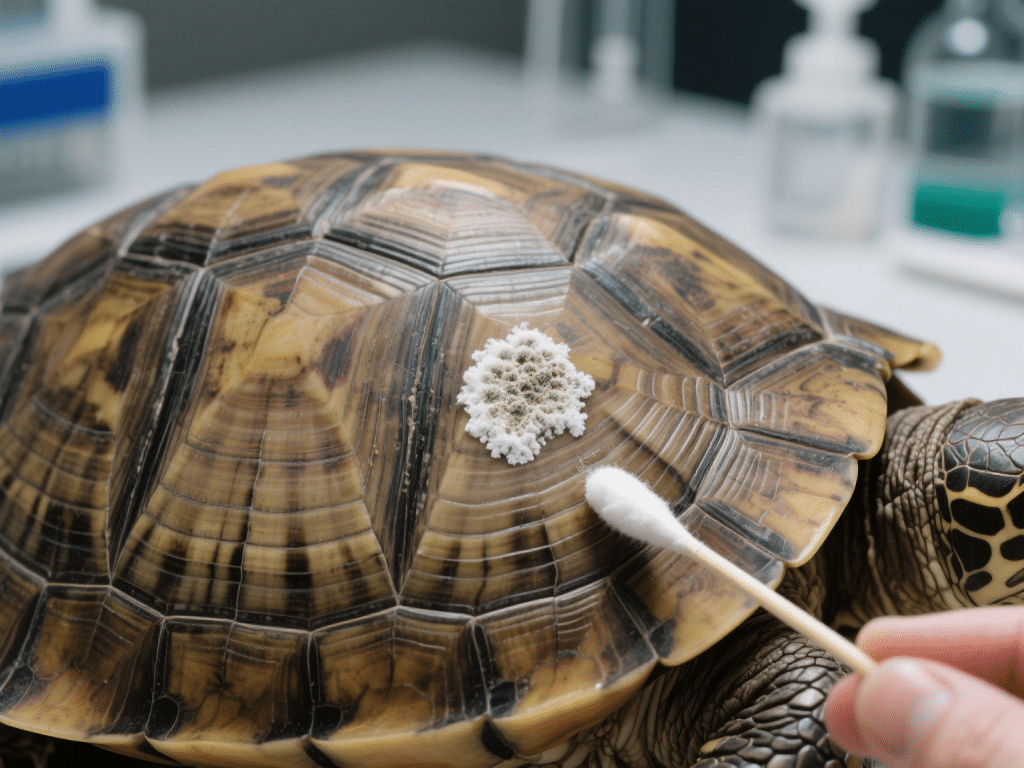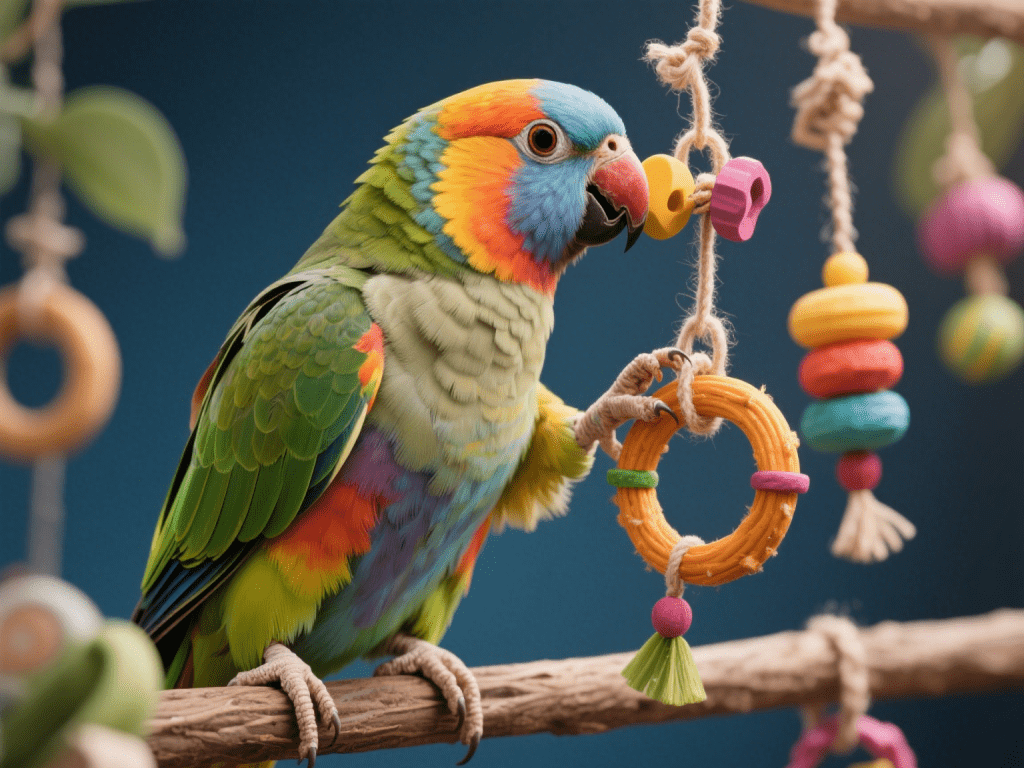
As the seasons shift, so does the pollen count—and just like humans, dogs can suffer from allergies triggered by environmental changes. If your pup is constantly scratching, licking paws, or sneezing more than usual, seasonal allergies may be the culprit. Drawing on my background as a canine health blogger and consultant for holistic vets, I’ll walk you through identifying signs and easing your dog’s discomfort naturally.
Common Symptoms of Seasonal Allergies in Dogs
Excessive paw licking or chewing
Scratching around the face, ears, or belly
Red, watery eyes or inflamed skin
Sneezing or nasal discharge
Ear infections
Hair loss or “hot spots”
Allergy Triggers by Season
Spring: Tree pollen, fresh-cut grass
Summer: Weed pollen, mold spores
Fall: Ragweed, leaf mold
Year-round: Dust mites, indoor molds
Diagnosing Seasonal Allergies
Veterinary dermatologists often diagnose through exclusion:
Rule out fleas or food allergies first
Conduct intradermal skin tests or blood allergy panels
Natural Remedies to Try
1. Frequent Paw Washing
Rinse paws with water or hypoallergenic wipes after walks to remove allergens.
2. Omega-3 Supplements
Fish oil helps reduce inflammation; look for 1000–2000 mg EPA/DHA per day depending on dog’s size.
3. Apple Cider Vinegar Spray
Mix 1:1 with water; spray itchy areas (avoid open wounds).
4. Quercetin “Nature’s Benadryl”
Flavonoid with anti-inflammatory properties; consult vet for dosage.
5. HEPA Air Filters
Reduces indoor pollen and dust particles that aggravate symptoms.
When to Seek Medical Treatment
If natural approaches aren’t enough:
Prescription antihistamines (e.g., Apoquel)
Corticosteroids for short-term flares
Immunotherapy injections
Long-Term Management
Bathing weekly with hypoallergenic shampoo
Vacuuming and washing bedding frequently
Limiting exposure during peak pollen hours (early morning, dusk)
Final Thoughts
Seasonal allergies can be frustrating, but with the right plan, your dog can live comfortably year-round. Focus on prevention, natural remedies, and early intervention—and always consult your vet before introducing new treatments.









Comments on " How to Tell If Your Dog Has Seasonal Allergies—and What to Do About It" :